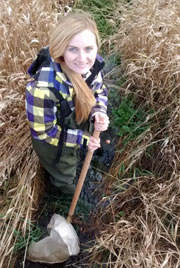Conservation collaboration: How sharing knowledge is shaping the next generation of environmental professionals
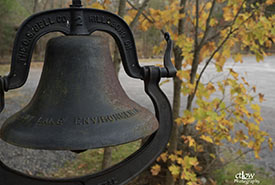
Bell at Elbow Lake (Photo by Charles T. Low Photography)
Nature doesn’t work in isolation. Trying to undertake effective conservation science programs without the support of partners would be impossible; the scope is simply too large. Not everyone can be an expert in everything, but if you draw together experts in different fields, you can have a substantial impact.
Related content
One of the Nature Conservancy of Canada’s (NCC’s) major partners in eastern Ontario is Queen’s University. Located in Kingston, Ontario, the university has a strong history of environmental science. NCC played a key role in helping the university acquire part of the land that now makes up the Queen’s University Biological Station (QUBS), an active research station in Chaffey’s Lock, Ontario. The partnership solidified in 2011, when both parties became co-owners of the Elbow Lake Property. NCC manages the land, and QUBS manages the infrastructure associated with the Elbow Lake Environmental Education Centre, which runs a variety of camps, workshops and educational programming.
In recent years, the partnership has expanded. NCC’s Eastern Ontario Stewardship team now has its office at QUBS, which allows us to strengthen this relationship. One of the biggest benefits I have seen, as the acting coordinator of conservation biology, is the amazing experiences that this partnership gives to our summer conservation technicians.
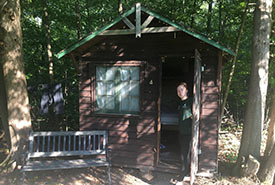
Current assistant conservation biologist Ally Belanger was the first NCC staff to live on site at QUBS. (Photo by NCC)
Since QUBS is an active research station, we can give the technicians the opportunity to live on-site during their contracts. This living arrangement provides more than just an easy commute to the office and three meals a day; it provides a sense of community. Throughout the season, QUBS sees a variety of international researchers, studying everything from fish to fungus. It’s inspiring to be part of this hub of scientific advancement.
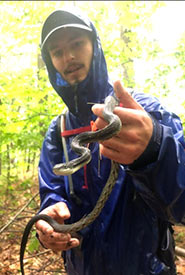
Conservation technician Andrew Colton helping with the gray ratsnake monitoring program. Here the snake is being weighed and measured before placing it in an enclosure to test the effectiveness of barrier fencing to prevent reptiles from getting onto the road. (Photo by NCC)
This summer, NCC worked with QUBS to allow both the researchers and technicians to expand their conservation knowledge. NCC conservation technicians helped QUBS researchers with their projects, and QUBS researchers did field work to remove invasive species with me and my stewardship team on NCC lands; effectively a “tech swap.” The technicians were exposed to a variety of tasks, including banding eastern bluebirds, monitoring gray ratsnakes and cataloguing samples in the QUBS herbarium.
Allison Sawyer, conservation technician with eastern Ontario in 2019, said about her experience collaborating with Queen’s University:
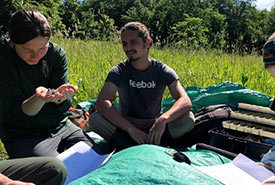
Conservation technicians assisting with bird banding to monitor population numbers of eastern bluebirds. (Photo by NCC)
“Living at QUBS was a wonderfully unique experience. On weekends and through the tech swap program, I was able to learn new skills, including handling birds and snakes, proper banding techniques and data recording and collection. While at QUBS, I was surrounded by like-minded people with similar interests. We spent a lot of time doing activities together and exploring nature. In addition, I got a unique view of conservation, including the implementation, through working with NCC, and the research to back the implementation through the many research projects conducted at QUBS.”
These sentiments were shared by QUBS researchers, including Claire Smith, an undergraduate student studying invasive plants:
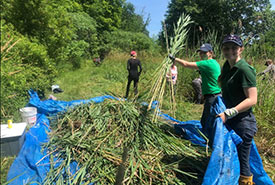
Stewardship tasks, like removing invasive species, are a lot easier when you work together. (Photo by NCC)
“Volunteering with the Nature Conservancy of Canada was a great experience that gave me a fresh perspective on my work. Ally and Allison [of NCC] took my lab out to control invasive dog-strangling vine. My lab studies invasive plants. We identify them, we grow them, we measure them, but rarely do we get a chance to do anything about them! Getting out and removing invasive species was a satisfying change of pace, and a great reminder of why research like ours is important.”
We are stronger when we work together. Moving forward, NCC is excited to work on our first joint property management plan with Queen’s University, and to expand the research/field work collaboration. By expanding opportunities for everyone, we pave the way for the next generation of environmental professionals.

